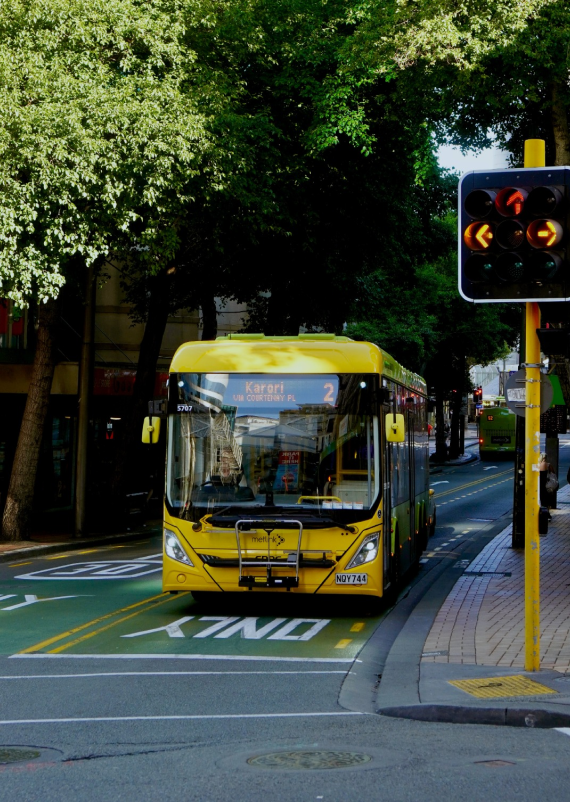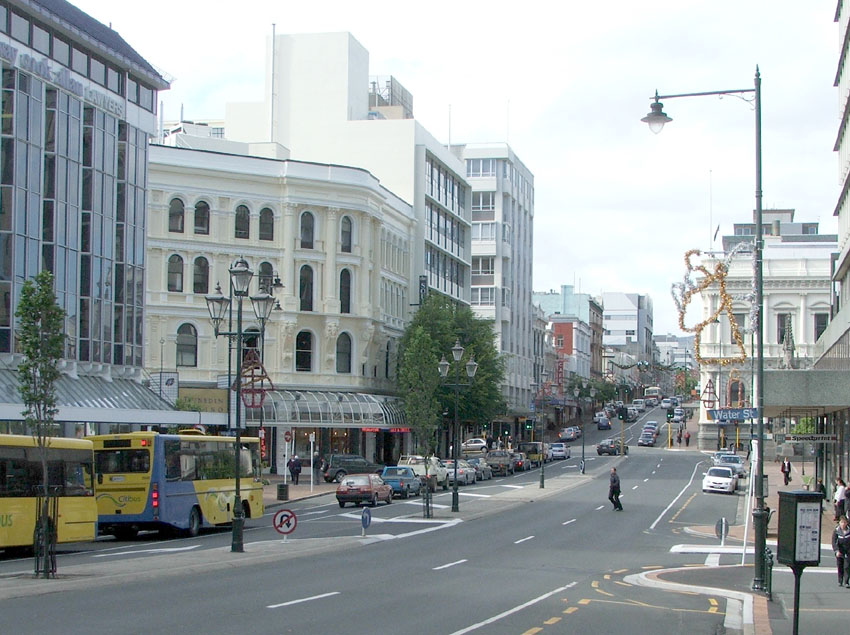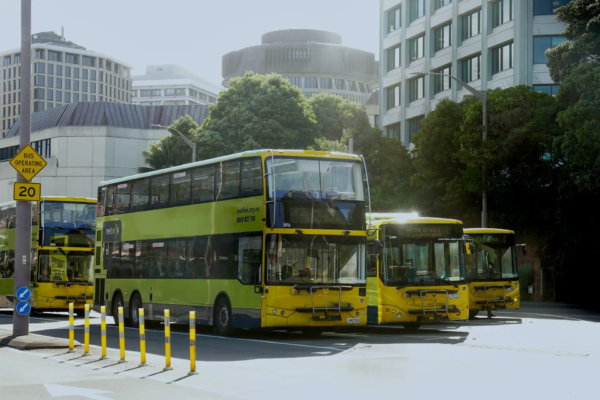15 Transit Oriented Development and Urban Village Planning
15.0.1 Description
Transit Oriented Development (TOD), which refers to residential and commercial districts located around a transit station with high quality service, with good walkability, parking management and other design features that facilitate transit use and maximize overall accessibility. Urban villages are a similar development with more emphasis on walkability and less on transit, and so can be applied in small towns. These are also called Smart Growth, New Urbanism, and 15-minute neighborhoods.
Transit oriented development does much more than just shift automobile trips to transit. People who live or work in communities with high quality public transit tend to own fewer automobiles and drive fewer annual miles than they otherwise would. Successful TODs typically reduce driving by 30-60% compared with the same residents living in automobile-dependent areas. Surveys indicate that there is significant latent demand for housing in such areas indicating that development policies that create more compact, multimodal neighborhoods provide direct benefits to households in addition to reducing traffic problems and emissions.
From Lit Review. The article, Don’t Underestimate Your Property: Forecasting Trips and Managing Density Over the Long Term in Fairfax County, Virginia (Galdes & Schor, 2022) summarizes experience with TDM programs in the suburban Fairfax County, particularly Tyson’s Corner. It found that residential and commercial developments that had comprehensive but cost-effective TDM programs actually generated 63% fewer trips compared with older ITE trip generation values, or 49% fewer based on the latest ITE trip generation values.
15.0.2 Type of travel affected
TODs reduce automobile trips for local errands and commute trips. If they include commercial buildings, they can reduce automobile commute trips. By reducing household automobile ownership, they can leverage additional vehicle travel.
15.0.3 How travel and emission effects can be measured and modelled
Travel and emission impacts can be evaluated based on experience with similar development, considering factors including neighborhood demographics and design, and accounting for self-selection. Conventional transport models can account for some TOD and Urban Village impacts but are not generally sensitive to qualitative and microscale factors that affect walkability.
A comprehensive study of the long-term effects of Transit-Oriented Developments in the Portland, Oregon region, McNeil and Dill (2020) found that after 8-13 years the share of residents who drive alone to work four to five days a week fell from 58% to 46%, while the share who never drive alone rose from 11% to 24%; the share who walking or biking to work at least one day a week rose from 9% to 29%; and the share living in low-car households (fewer cars than adults) increased from 34% to 50%, though the share of car-free household did not change.
15.0.4 Secondary impacts
TODs and Urban Villages provide many direct benefits to people who live and work in those areas, plus benefits resulting from more compact development and reduced vehicle travel.
More compact TOD potentially allows density to be reduced in other areas, such as potential flood areas.
15.0.5 Key Information sources
Arrington, G.B. et al. (2008), Effects of TOD on Housing, Parking, and Travel, Report 128, Transit Cooperative Research Program (www.trb.org/CRP/TCRP); at http://onlinepubs.trb.org/onlinepubs/tcrp/tcrp_rpt_128.pdf.
Barbour, Elisa, et al. (2020), Planning and Policymaking for Transit-Oriented Development, Transit, and Active Transport in California Cities, Institute of Transportation Studies at the University of California at Davis (https://doi.org/10.7922/G25M63Z4).
Researchers surveyed almost 150 city planning directors in California’s four largest metropolitan areas to better understand cities’ motivations for supporting transit-oriented development, the challenges encountered, and techniques employed in achieving their transit-oriented development goals.
Dong, Hongwei (2021), "Evaluating the Impacts of Transit-oriented Developments (TODs) on Household Transportation Expenditures in California," Journal of Transport Geography, Vo. 90, (https://doi.org/10.1016/j.jtrangeo.2020.102946).
Galdes, Camille A. and Justin Schor (2022), Don’t Underestimate Your Property: Forecasting Trips and Managing Density Over the Long Term in Fairfax County, Virginia, Wells and Assoc. (www.wellsandassociates.com); at www.wellsandassociates.com/research/property-trip-forecasting-fairfax-county.
Huang, Yu, Dawn Parker and Leia Minaker (2021), "Identifying Latent Demand for Transit-Oriented Development Neighbourhoods: Evidence from a Mid-Sized Urban Area in Canada, Journal of Transport Geography, Vo. 90 (https://doi.org/10.1016/j.jtrangeo.2020.102940); at www.sciencedirect.com/science/article/pii/S0966692320310176.
McGraw, Jen, et al. (2021), An Update on Public Transportation’s Impacts on Greenhouse Gas Emissions, TCRP 226, Transportation Research Board (https://doi.org/10.17226/26103); at www.trb.org/main/blurbs/181941.aspx.
McNeil, Nathan and Jeniffer Dill (2020), Revisiting TODs: How Subsequent Development Affects the Travel Behavior of Residents in Existing Transit-Oriented Developments, National Institute for Transportation and Communities (https://nitc.trec.pdx.edu); at https://ppms.trec.pdx.edu/media/project_files/NITC-RR-1240-Revisiting_TODs.pdf.
Palmateer, Chelsey, Andrew Owen and Alireza Ermagun (2021), "Access-based Evaluation of Transit - Oriented Developments," Applications of Access, The Trasnportist (https://transportist.org) at https://transportist.org/2021/11/17/applications-of-access.
Parent, Colin (2017), Transit Oriented Development: A Strategy for the City of San Diego to Advance the Climate, Affordability, and the Economy, Circulate San Diego (www.circulatesd.org); at www.circulatesd.org/TODReport.
World Bank (2018), TOD Implementation Resources and Tools, Global Platform for Sustainable Cities, World Bank (www.worldbank.org); at http://hdl.handle.net/10986/31121.





























